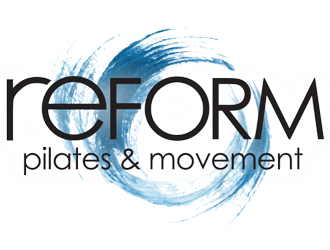As we enter into month three of shelter-in-place in the wake of COVID-19, many patients are missing their acupuncture visits. Although it seems as though the virus has taken over so many aspects of our lives, it turns out that our other ailments have not stopped because of it. Aches and pains, digestive issues, allergies, etc. all continue on despite COVID-19.
While some acupuncturists have remained open during this time, and more are starting to reopen in Oregon with the resumption of non-emergency medical care, many patients are still hesitant to come into the clinic and risk exposure. Even with stringent safety measures in place, there is no way to completely eliminate risk.
If you are uncomfortable coming in for physical treatment, but still want to receive the benefits of East Asian medicine, you are in luck! Many practitioners, myself included, are offering telemedicine visits. These visits can incorporate herbal medicine recommendations, dietary and lifestyle advice, and your practitioner can also educate you on how to perform acupressure or moxibustion on yourself at home.
Herbal medicine in particular can be effective for a wide variety of complaints, including digestive problems, hormonal imbalances, allergies, pain, and more. Chinese herbalism is a robust and rich tradition that has been effectively used for millennia. In the recent COVID-19 outbreak, herbs were used in China to great effect. Working with a trained and licensed herbalist is the safest way to make sure that the herbs are appropriate for your condition, and that they will not interact with any other medications or supplements that you are taking. Herbs can be shipped directly to your home, further minimizing your risk of exposure.
So, what happens if you do come in to receive treatment? Every office is different, but here are some steps that the practitioner and patient can both employ in order to reduce risk to both:
● Limiting scheduling to one patient per hour
● Alternating treatment rooms between patients to allow the previous room to ‘air out’
● Patient and practitioner both wearing masks for the duration of the treatment
● Limit conversation during treatment to reduce spread of aerosolized droplets
● Utilizing medical-grade sanitizing wipes between patients
● Utilizing a HEPA filter in the treatment room to remove aerosolized particles from the air
● Frequent practitioner handwashing before, during, and after treatment
The day before the treatment, patients will be screened asking about the potential for recent exposure and any symptoms of infection (fever, cough, sore throat, etc). If you are feeling ill, or if you have been recently exposed to a COVID-19 patient, you should not come in for treatment. The patient’s temperature will also be evaluated at the office in order to screen for fever.
As states begin the reopening process, we are all waiting to see how this will affect the number of cases and the mortality rate from COVID-19. However, your life has not completely stopped in the face of this outbreak, and you can still find ways to prioritize your health and wellness.


